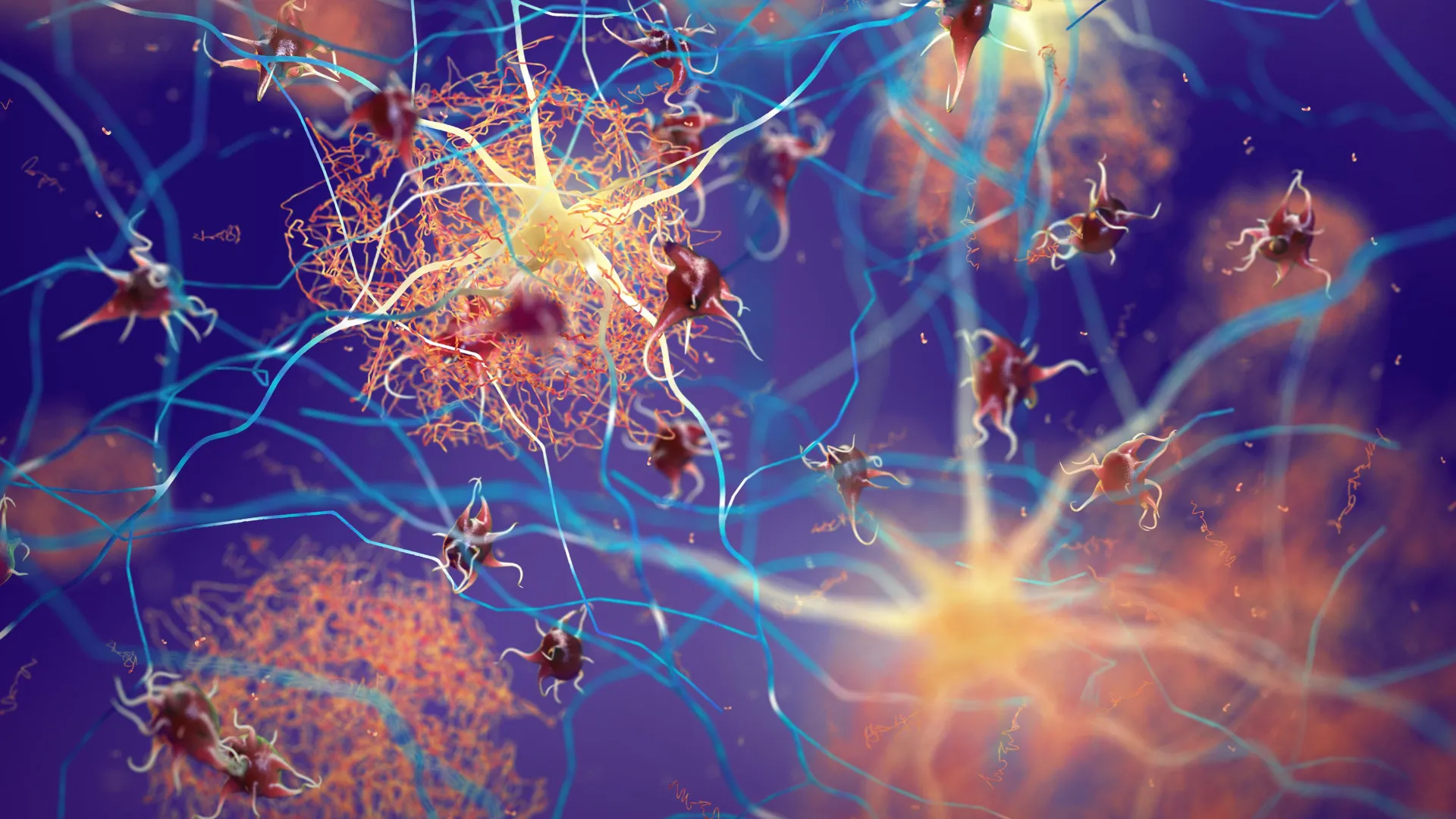
Today, humanity’s collective headache has become one of its most constant companions. Nearly 3 billion people (about one in three humans) live with some type of headache disorder, according to The Lancet Neurology’s new analysis of the Global Burden of Disease Study 2023. But women bear the brunt of this burden.
Researchers found that headaches are the sixth leading cause of disability worldwide and their prevalence has not changed in three decades. Migraine alone, although less common than tension headaches, accounts for approximately 90% of all years lived with headache-related disability.
Women are the most affected
The study’s authors analyzed data from 41,653 people in 18 countries, combining epidemiological surveys and new methods to calculate “time in a symptomatic state,” or the portion of a person’s life spent in pain. One of the most notable findings was the stark gender gap.
“Women experience significantly higher levels of headache-related disability because they have headaches more frequently and for longer than men,” said Yvonne Xu, a research scientist at the Institute for Health Metrics and Evaluation at the University of Washington.
Across all ages, women spent about twice as much time with headaches as men. For definitive migraine, women over age 50 spent an average of 12.8% of their year in pain; men of the same age spent 8.7%.
In 2023, headaches caused 739.9 years lived with disability per 100,000 women, compared to 346.1 per 100,000 men.
The report does not explain why this disparity exists between the sexes, as it only measured global patterns of prevalence and disability. However, previous studies suggest that women may be more susceptible to migraines due to hormonal fluctuations (especially around menstruation, pregnancy, and menopause), genetics (some genes involved in pain sensitivity and serotonin signaling appear more active or regulated differently in women), and sociocultural factors (women may be more likely to report headaches and seek a diagnosis than men).
Ironically, Painkillers Can Make Things Worse

Much of the global burden could be self-inflicted by overuse of medications. People desperate for relief often take pain relievers too frequently, which can trigger medication overuse headaches, a secondary disorder that worsens the condition they are trying to treat.
Globally, medication overuse accounts for more than a fifth of all headache-related disabilities. Among people with tension headaches, pain medication use contributes to more than half of the total disability, nearly 59% in men and 56% in women.
As the authors put it, “more than 20 percent of the burden attributed to headache would be mitigated or avoided entirely if a significant minority of people with headache did not abuse medication.”
“Our findings show that a large part of the global headache burden is preventable,” added Andreas Kattem Husøy, a postdoctoral fellow at the Norwegian University of Science and Technology and lead author of the study.
“Integrating headache services into primary care, especially in low- and middle-income countries where effective treatments remain scarce, could reduce lost productivity and improve quality of life for hundreds of millions.”
A stubborn and universal burden
The scope of the study is astonishing. Based on three decades of data from all regions of the world, the team estimated that migraine affects 14% of the world’s population, while tension-type headaches affect almost 25%. Despite advances in medicine and new migraine-specific medications such as CGRP inhibitors, overall rates have barely changed since 1990.
The most affected regions include North Africa, the Middle East and high-income countries such as those in Europe and North America. The smallest burden appears in parts of sub-Saharan Africa and Southeast Asia, although researchers caution that data from low-income countries remains limited.
Despite their ubiquity, headaches are often underdiagnosed and undertreated. Structured headache services, particularly in primary care, could reduce both pain and costs. A 2021 model of the Global campaign against headache showed that improving education about treatment and medication could lead to cost savings in many countries once productivity losses are considered.
“Better coverage of effective headache medications (including preventive treatments) is needed,” the authors wrote, “but this should be done in conjunction with education on the correct use of acute medications to avoid the increased burden associated with their overuse.”
The message is simple but profound: better care doesn’t always mean more medicine: it means smarter medicine.
The findings were published in Lancet Neurology.
#people #suffers #constant #headaches #painkillers #worse










